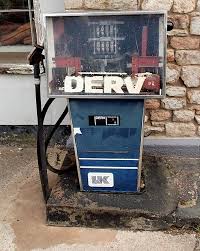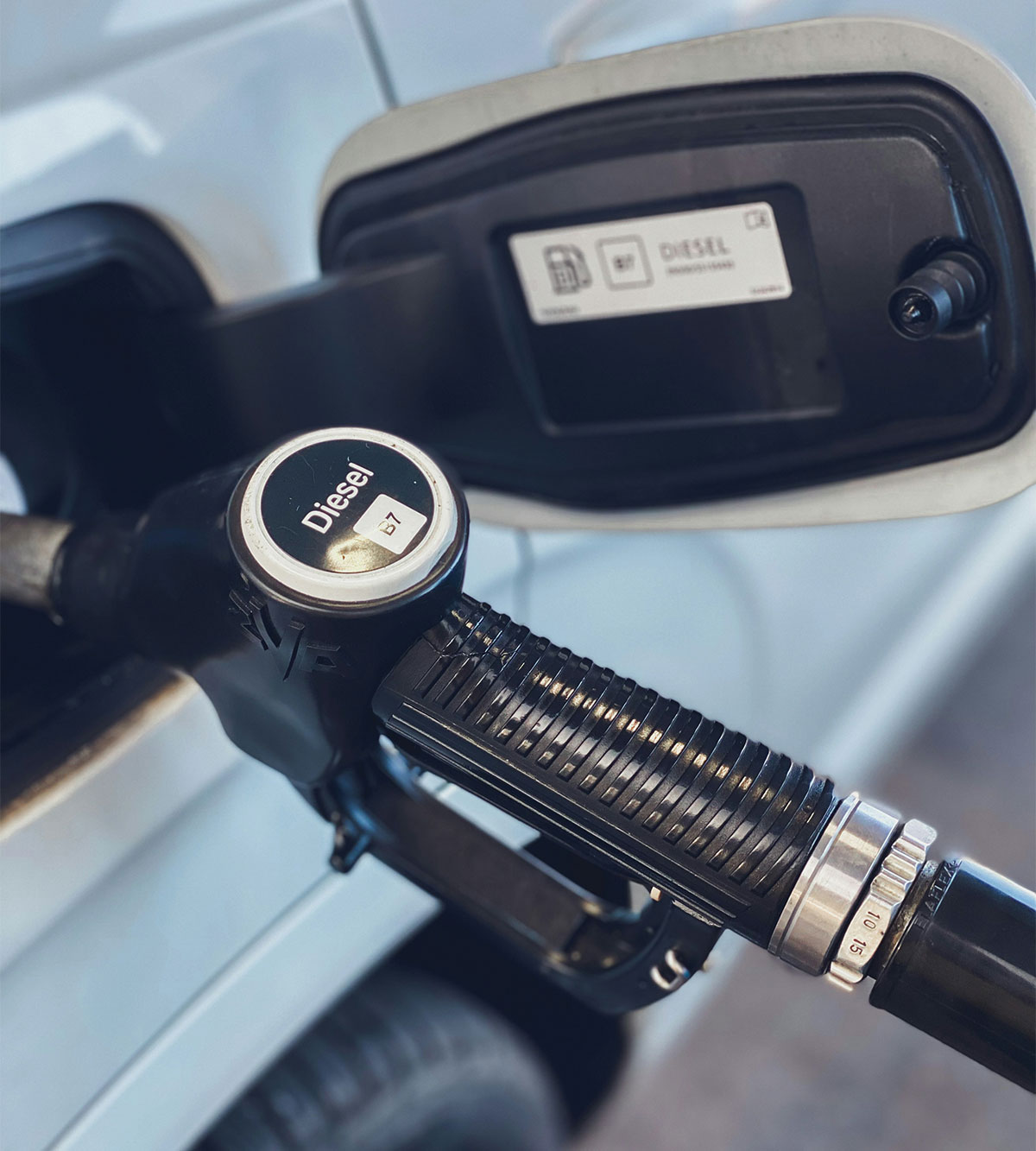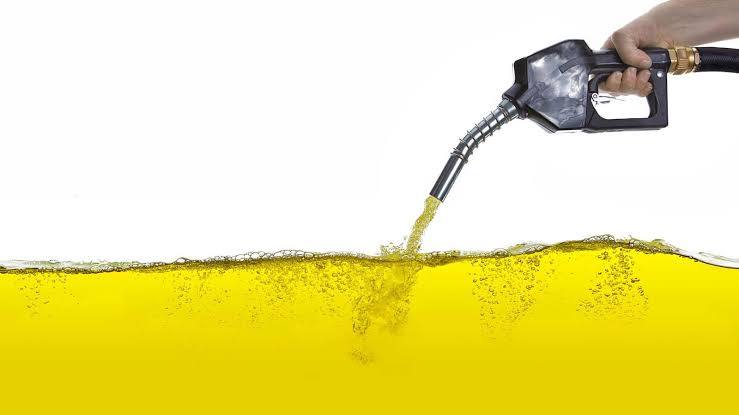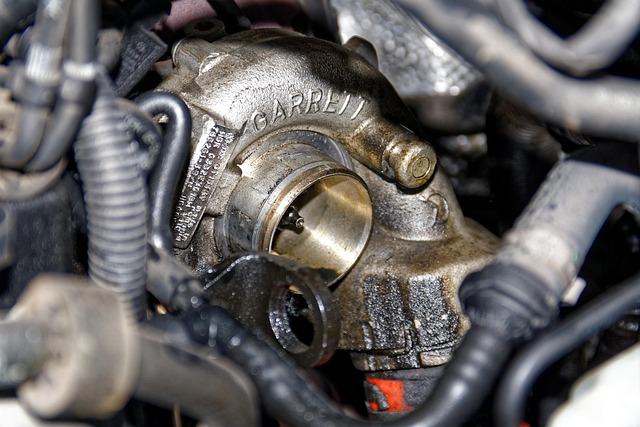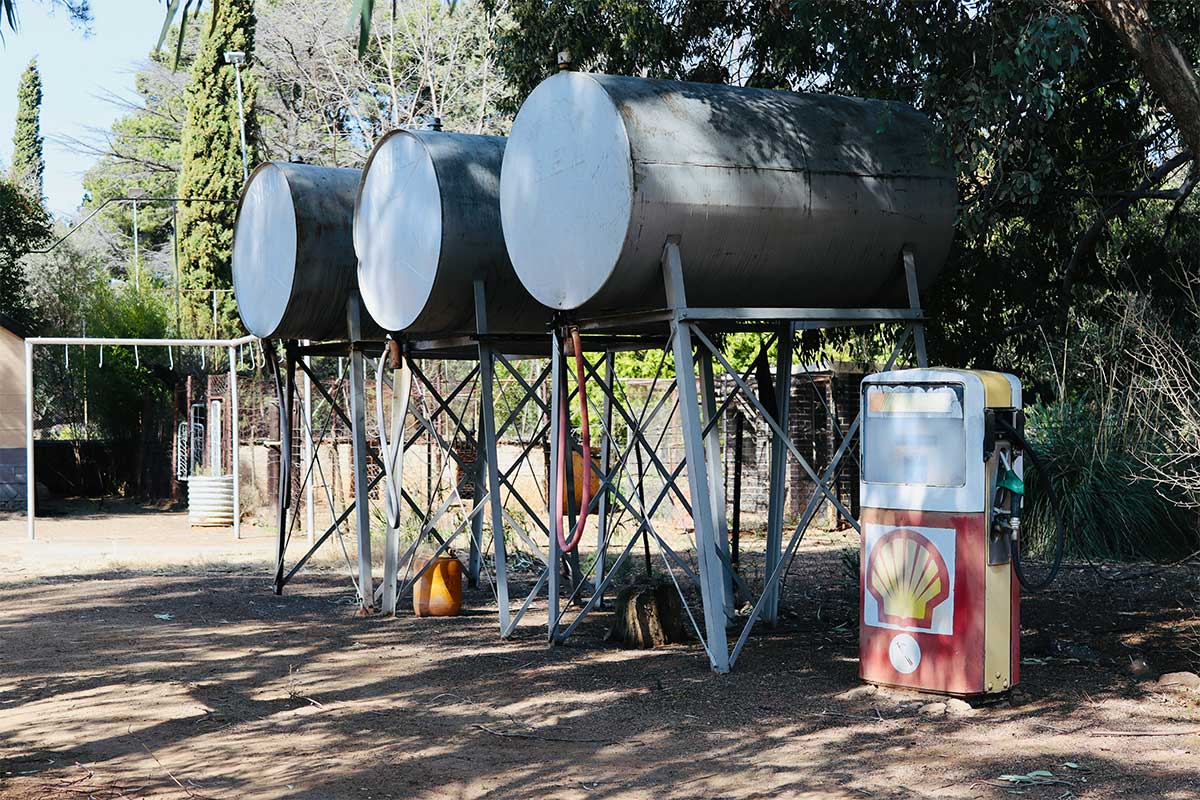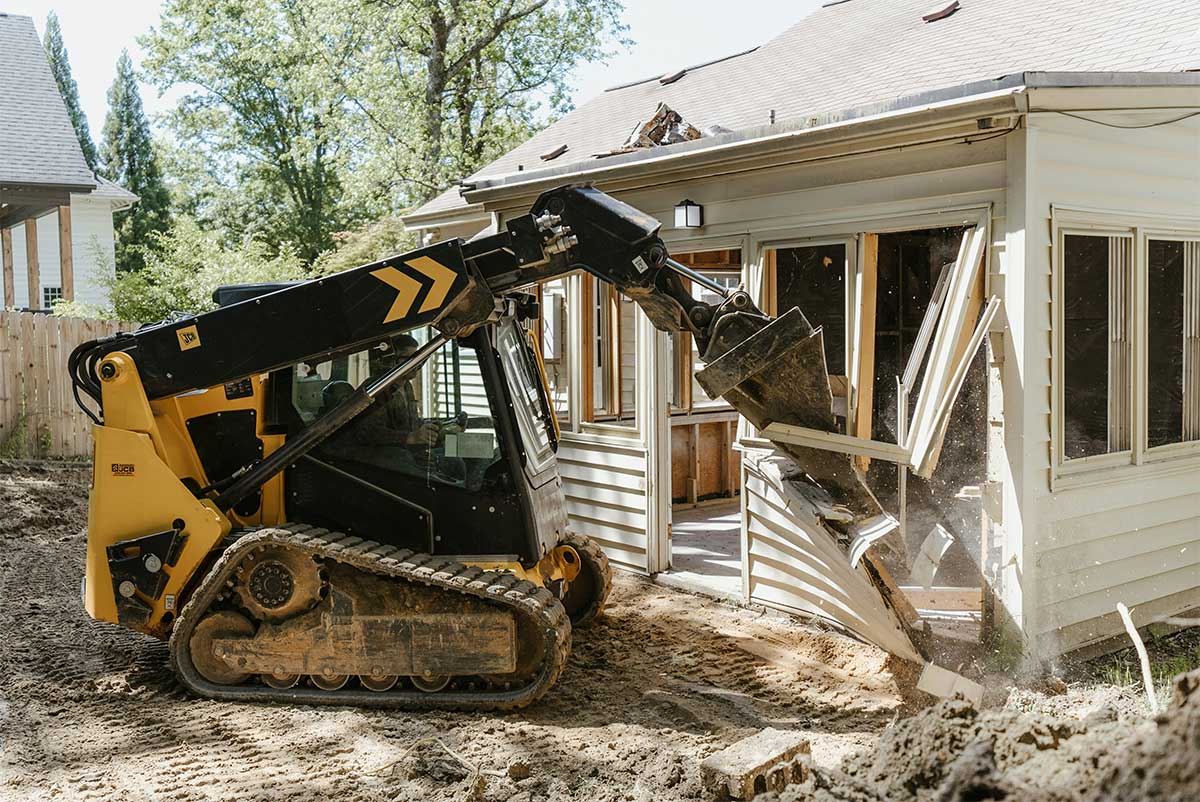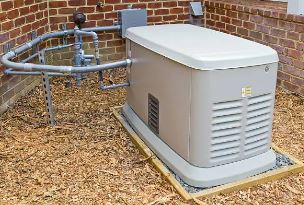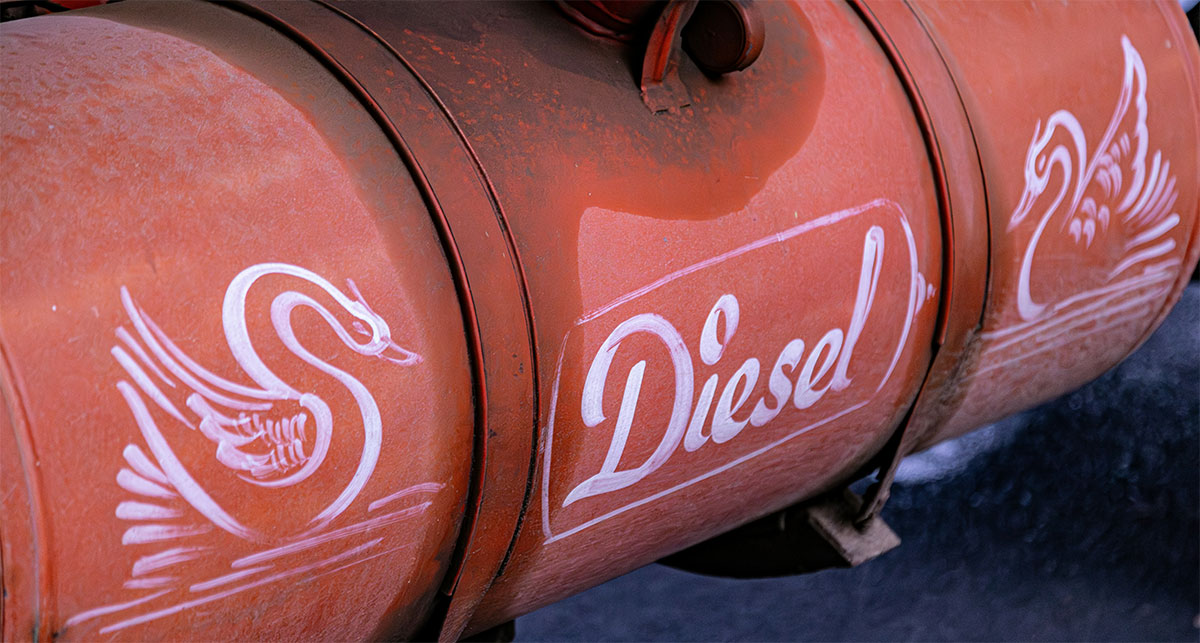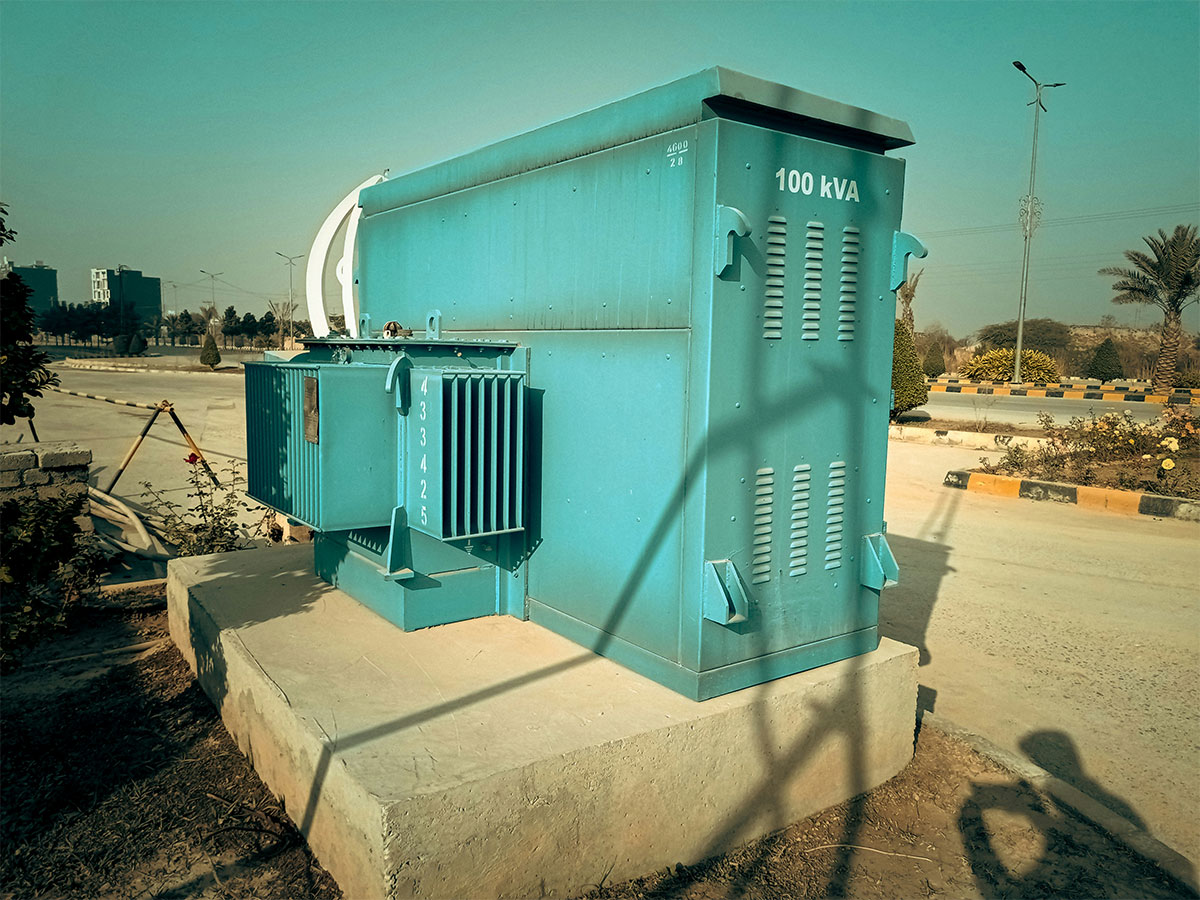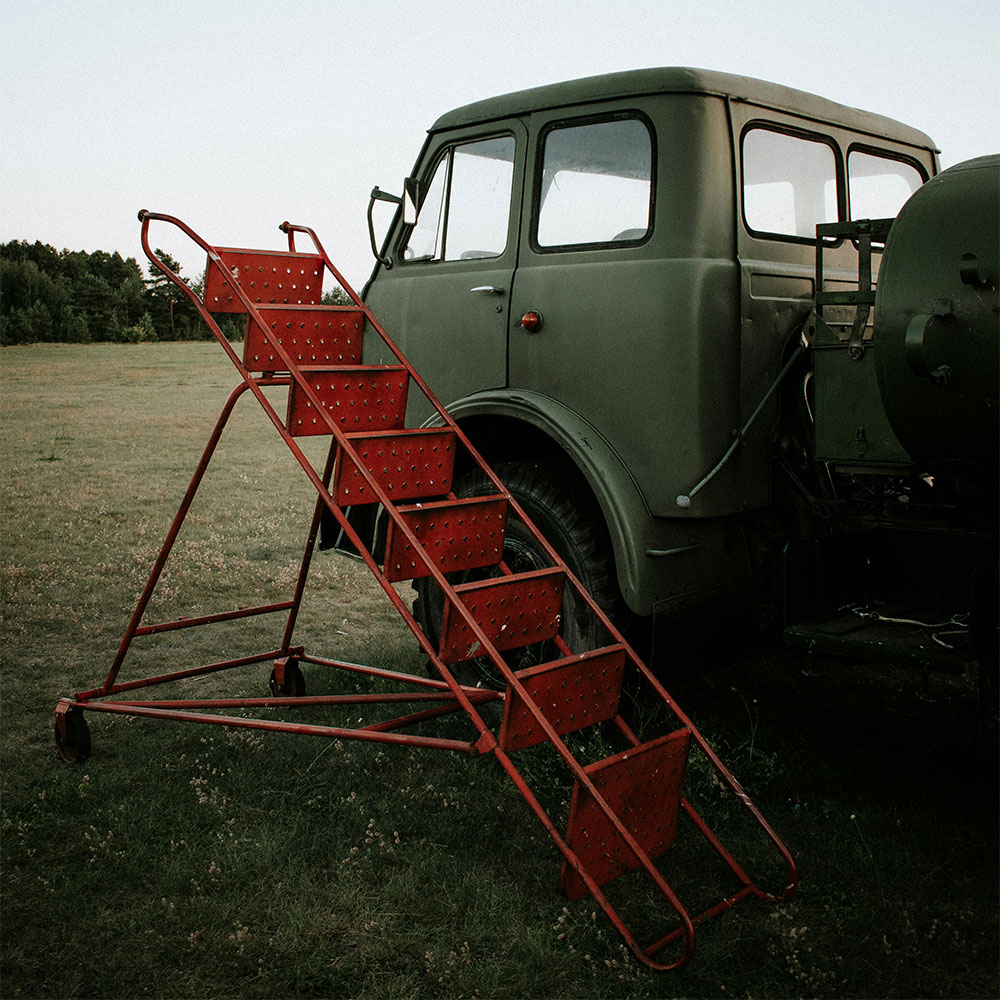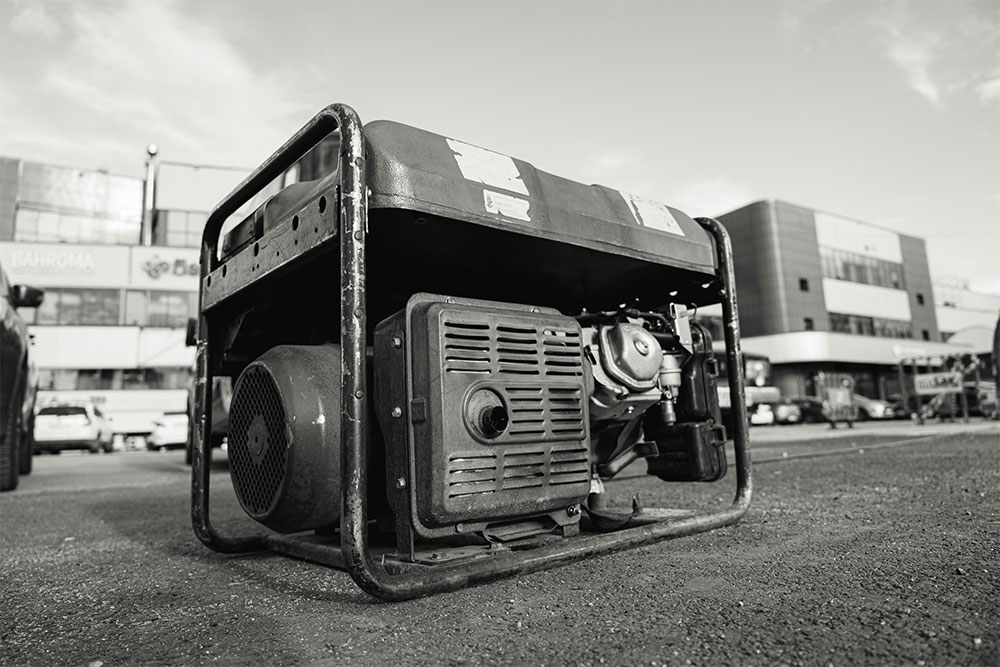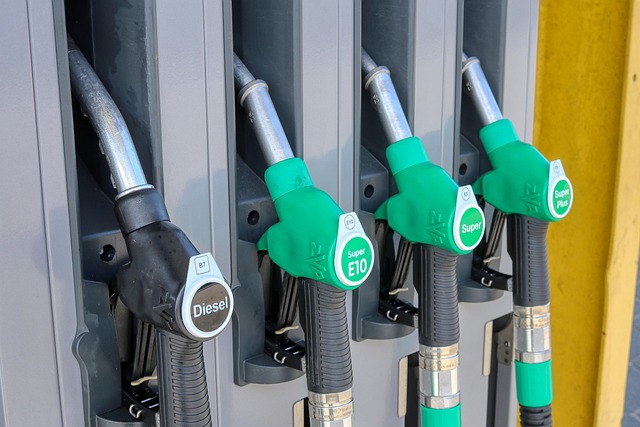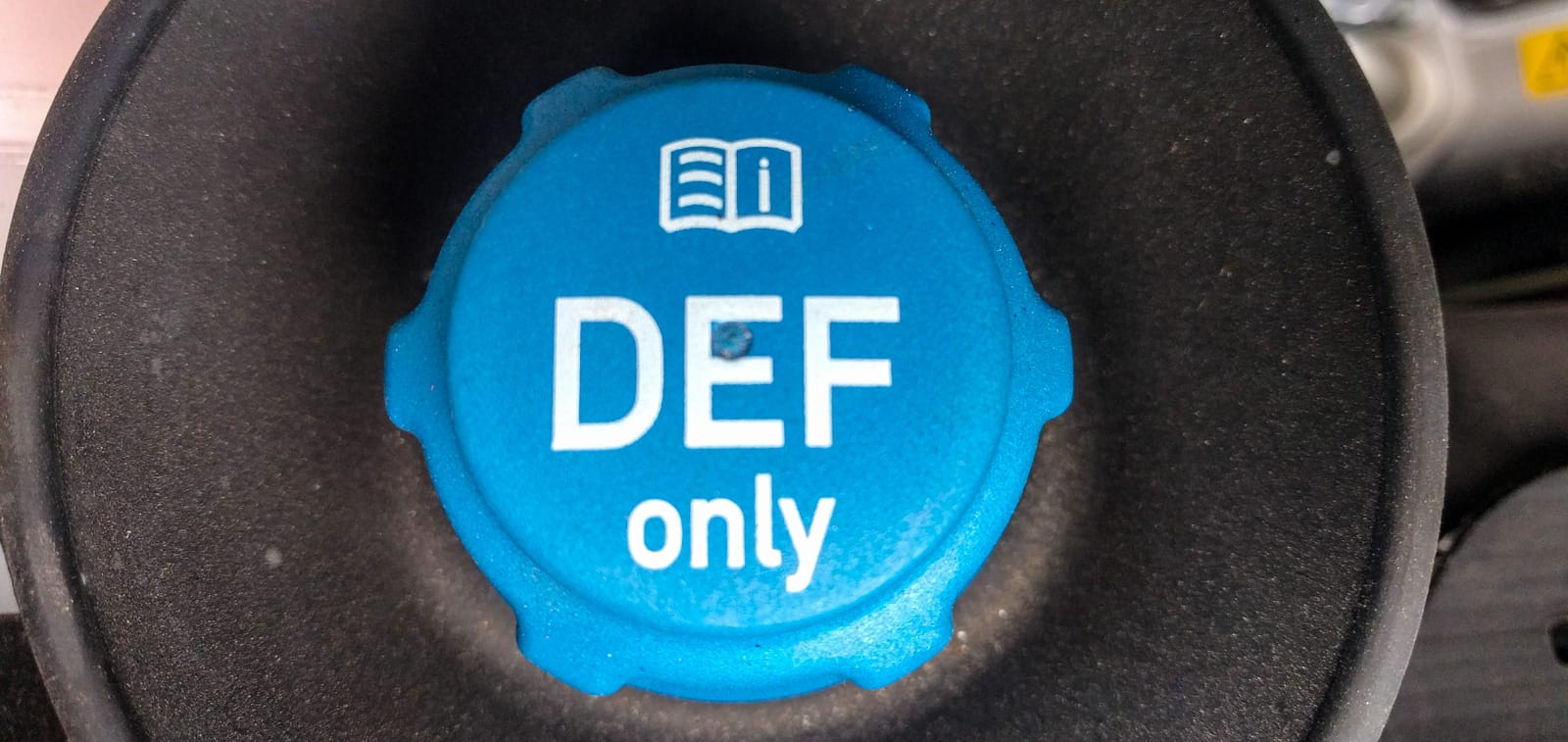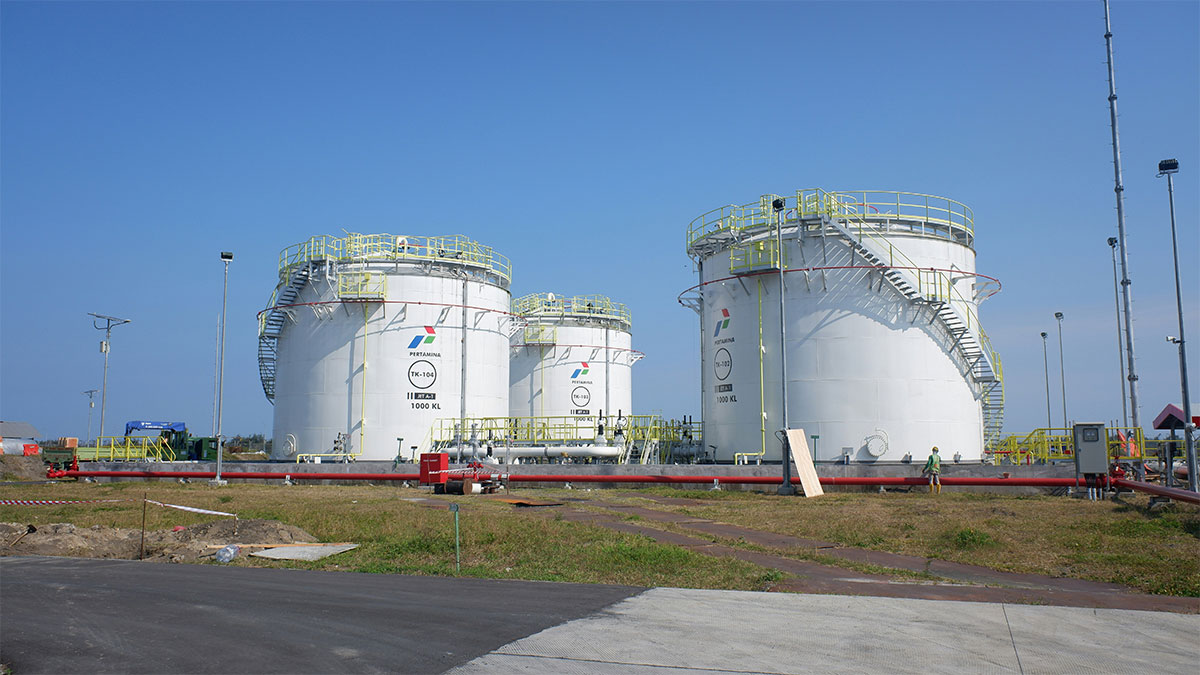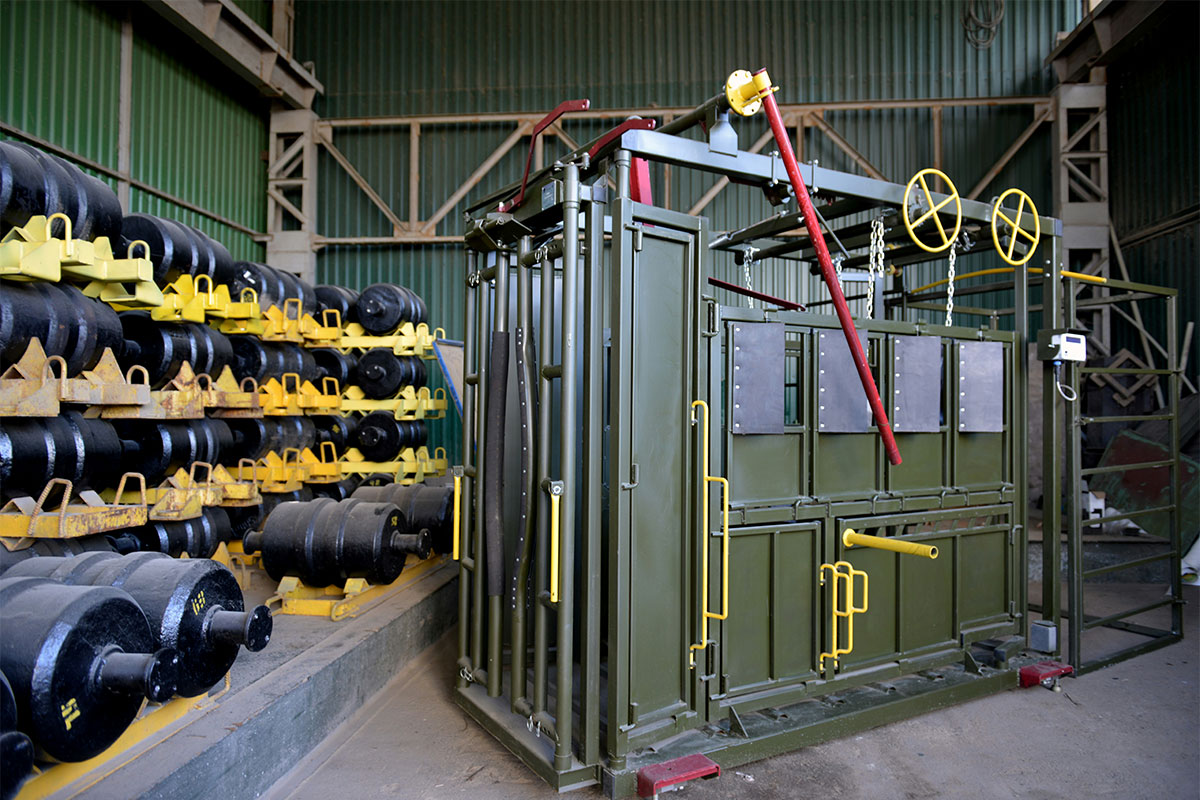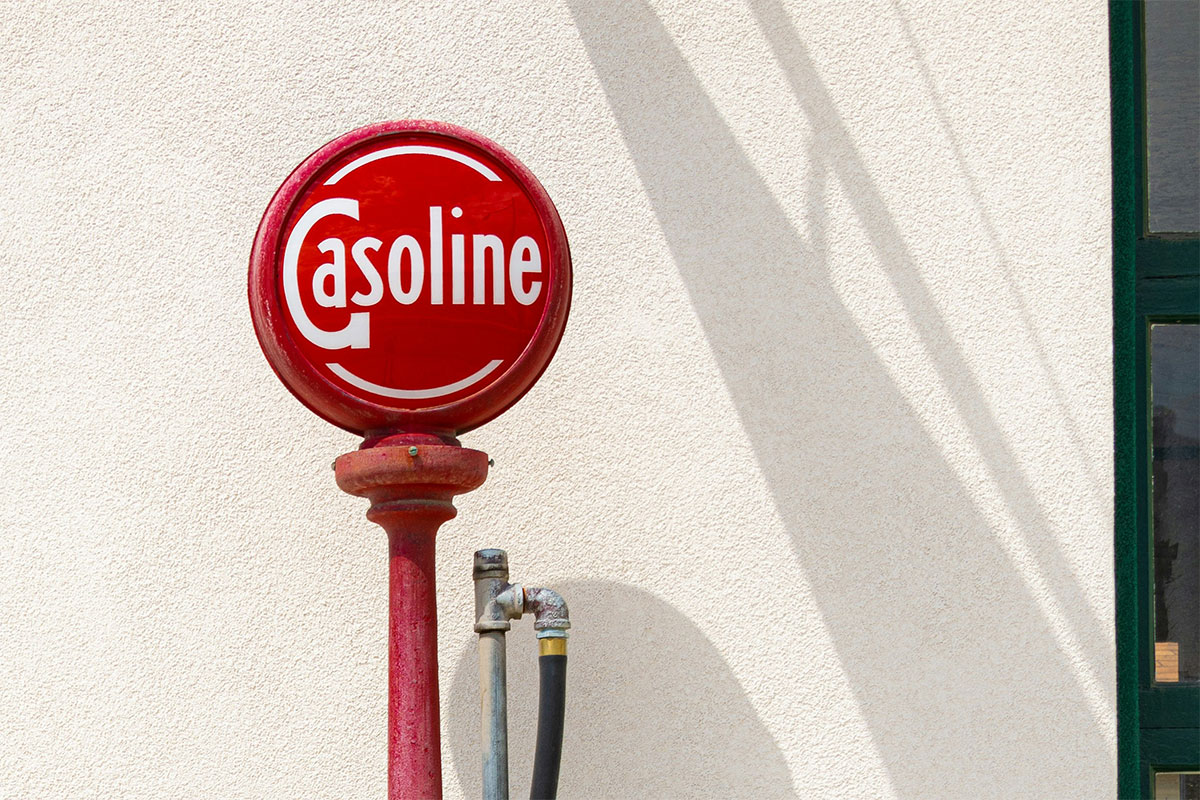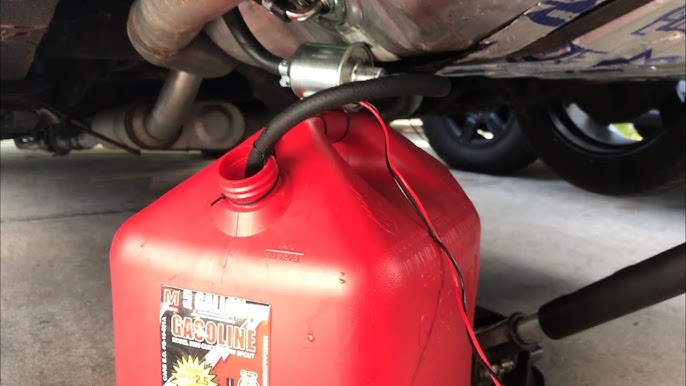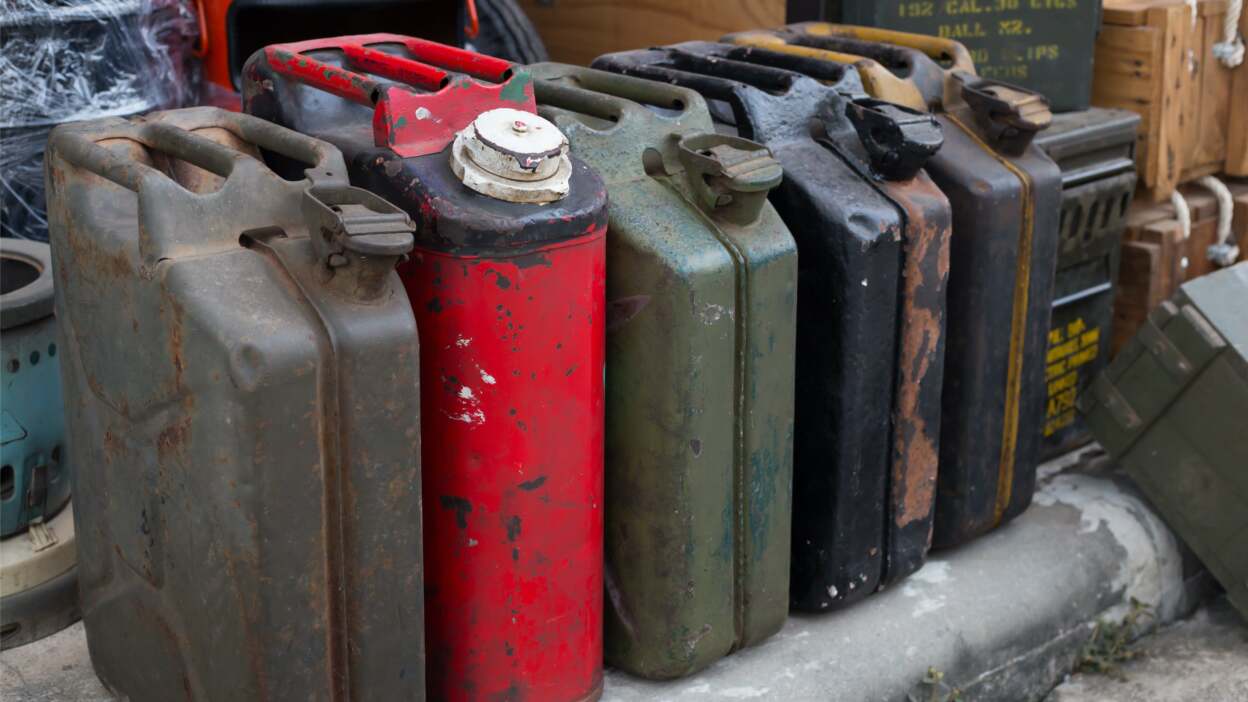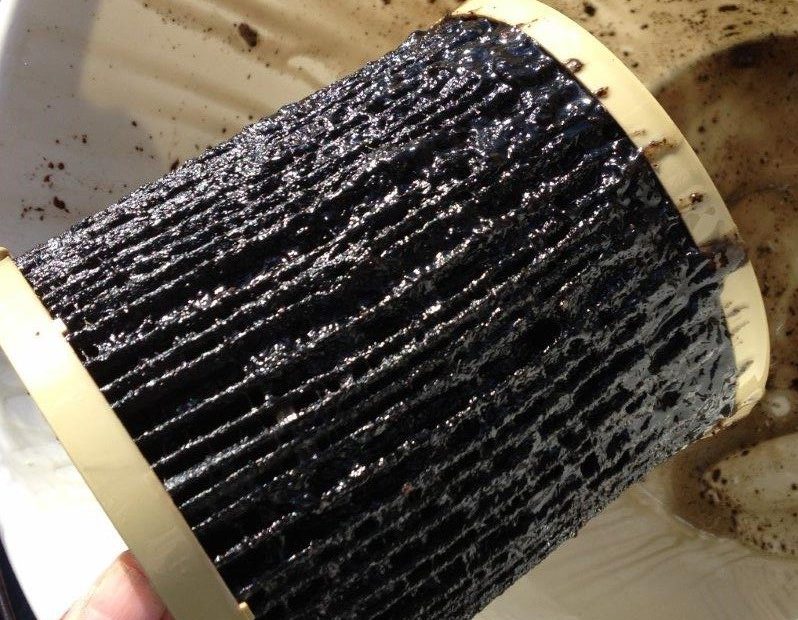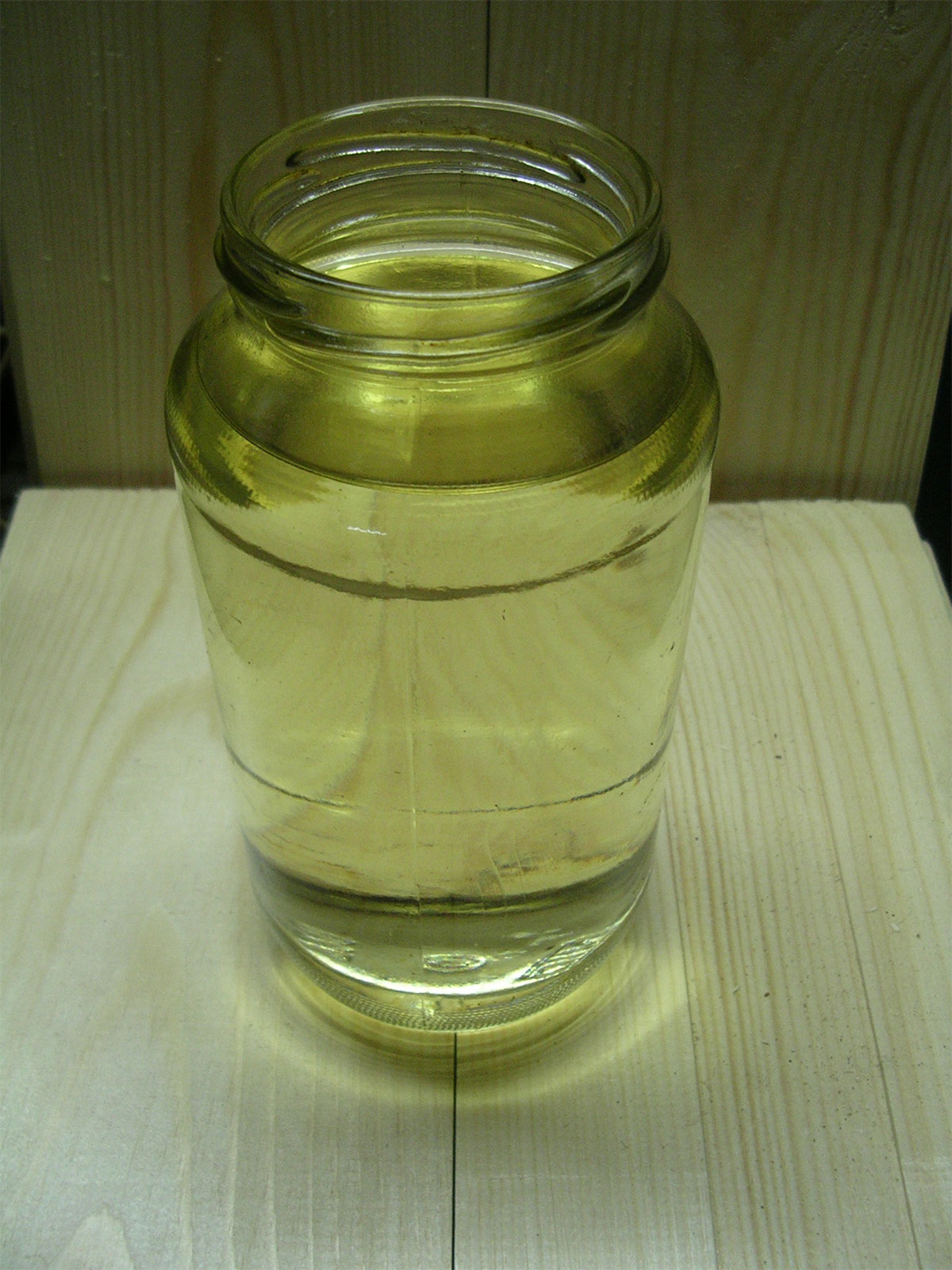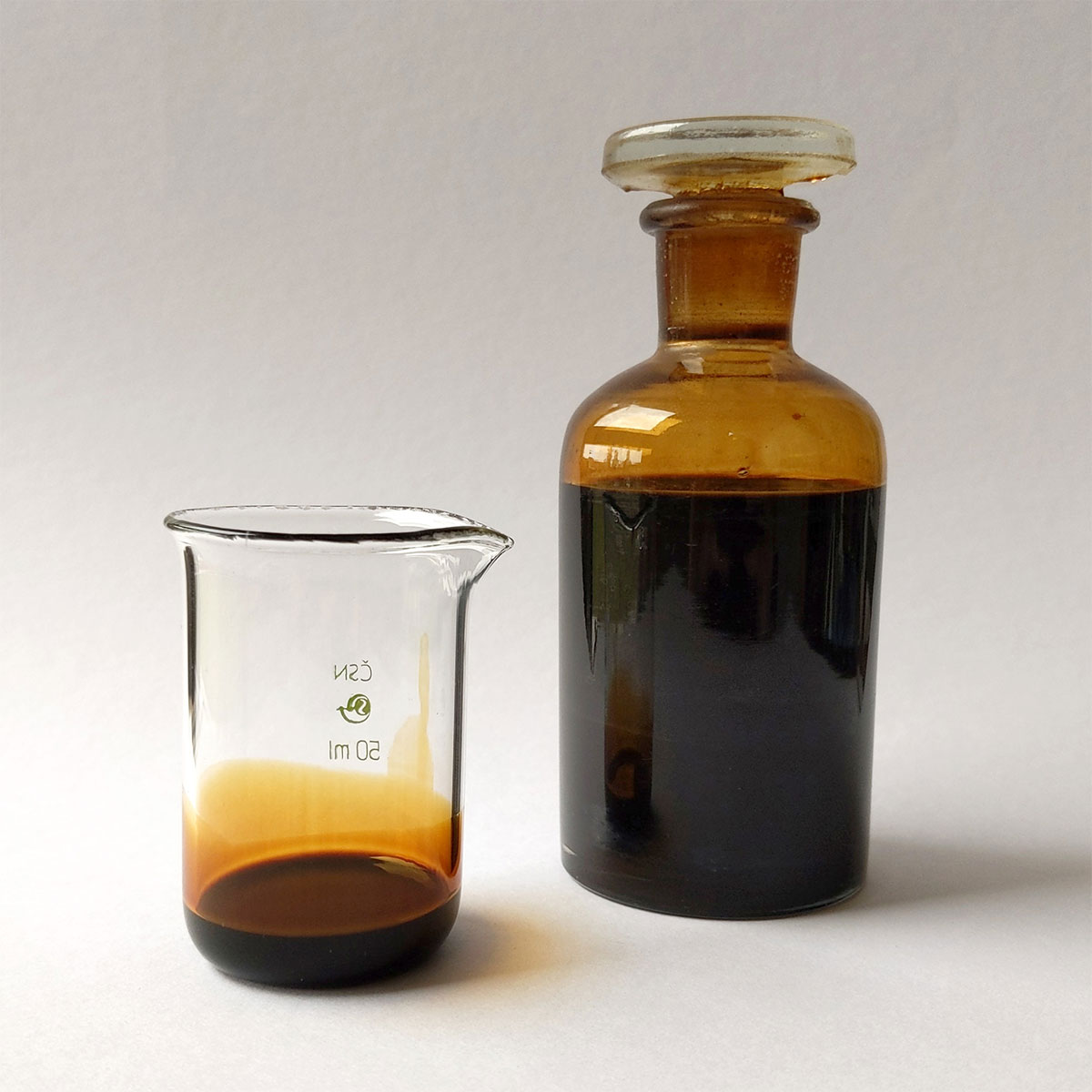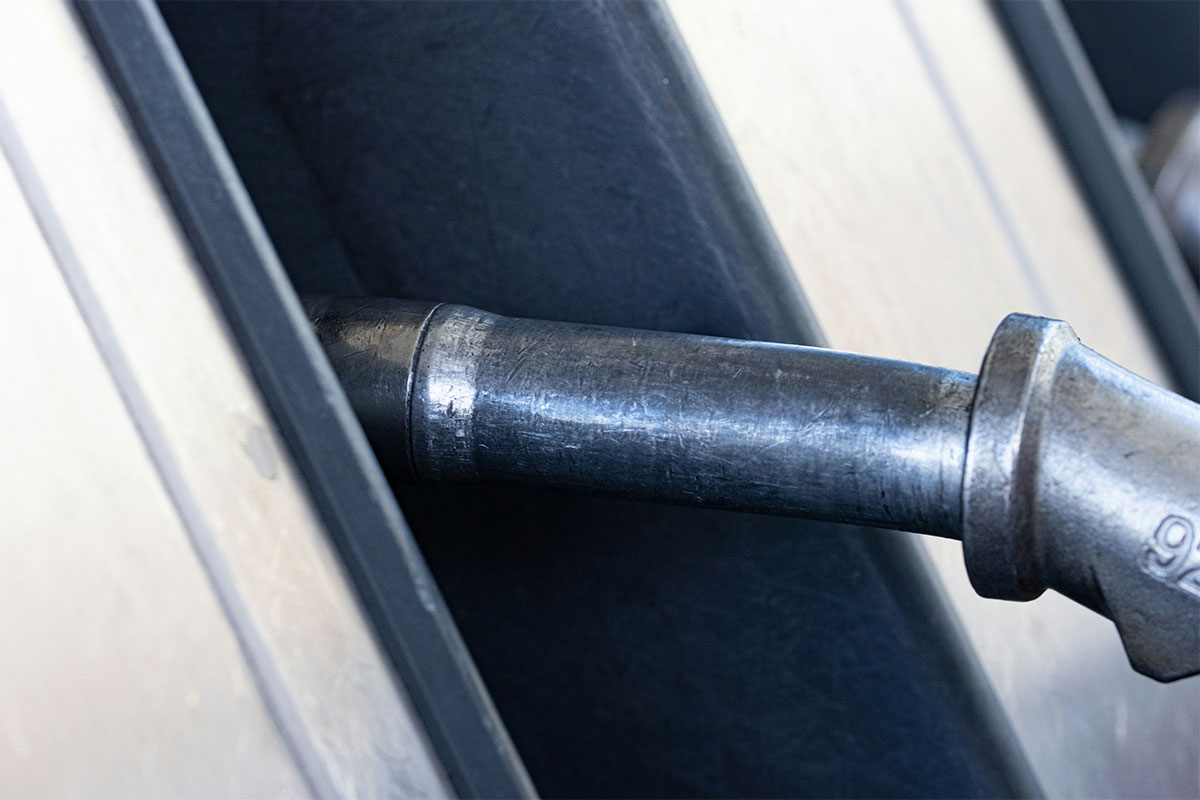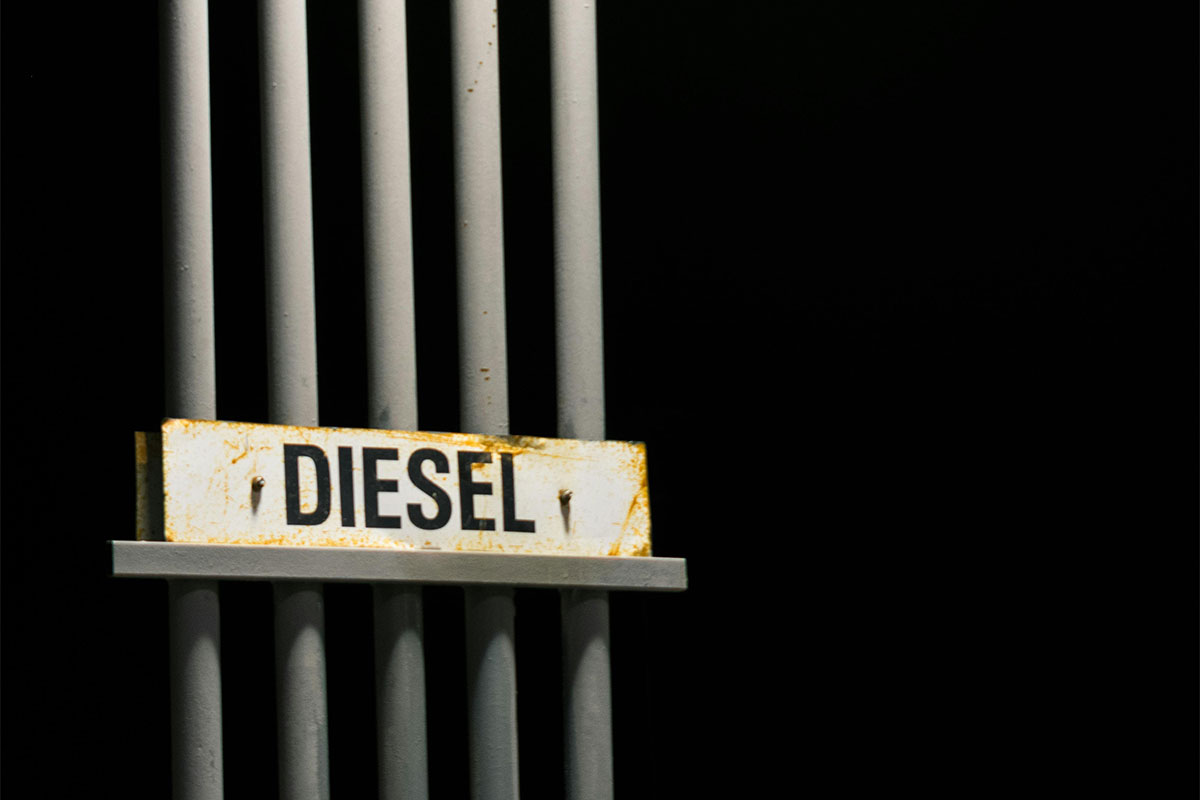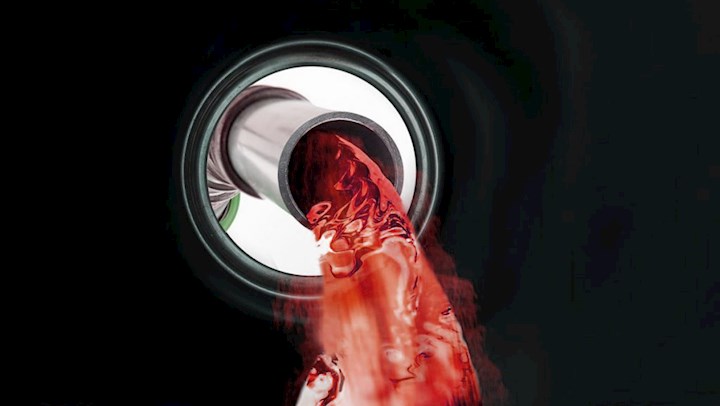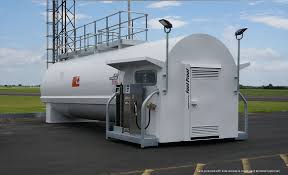Key Takeaways
- Diesel doesn’t freeze solid but gels at low temperatures due to paraffin wax crystallization, typically between 19F to 10F.
- Winter diesel fuel and anti-gel additives are essential for preventing gelling in cold climates.
- Signs of frozen diesel include cloudy fuel, rough idling, engine stalling, and fuel pressure loss.
- To unfreeze diesel, warm the fuel system, replace clogged filters, and use de-gel additives. Never apply open flames.
- Regular cold-weather maintenance and pre-treatment of fuel systems can prevent costly breakdowns and ensure reliable winter performance.
Table of Contents
Can Diesel Freeze?
Diesel doesn’t freeze like water, rather, it gels when temperatures drop. This gelling is caused by drops in temperature during which paraffin wax crystallizes, clogging fuel lines and filters. Similarly, diesel has no freezing point. It has a cloud point which is when the crystals formed by wax become visible and the pour point when the fuel stops to flow. This point ran free for 19F to 10F for untreated diesel.
However, this gelling can be avoided by using winter diesel. Winter diesel is a seasonal blend with cloud points and gelling points which are significantly lower than ordinary diesels. When used, it prevents any issues that could arise due to cold. So it is advisable to not use untreated summer diesel in winter as it is a common mistake made by users leading them to encounter issues related to the freezing temperature of diesel.
What Temperature Does Diesel Freeze?
The term “freezing” as used when talking about diesel isn’t literal ice formation. Diesel gels but doesn’t form ice. And this gelling, as earlier mentioned is mostly common in #2 diesels, which is the most widespread. It begins with paraffin wax forming crystals as temperatures fall. For #2 diesels, the freezing point is between 19F to 10F. While for #1 which is most commonly used in winter, it can resist low temperatures to -40F.
The winter fuel blend combines the two (#1 diesel and #2 diesel) for better performance in the cold. So the freezing temperature of diesel isn’t the same as its cloud point or pour point, it is the point where fuel flow is severely limited by wax crystals. If not treated with anti-gel additives, red diesel will be affected too.
Even though when we say diesel freezes, we don’t mean literal ice formation, it is still important to prepare against it as it could damage your engine in extremely low temperatures.
Winter’s Coming—Protect Your Diesel Before It Gels
Avoid frozen fuel disasters. Talk to our fuel experts about the right anti-gel blend and winterization kit for your vehicle or fleet.
At What Temperature Does Red Diesel Freeze?
Red dye gets its name from the additional dye added to it to make it easily recognisable and distinguishable from regular diesel, apart from that, they have almost the exact same chemical compositions. So the red diesel freezing point is in the same range as #2 diesel(between 19F to 10F).
Given that red diesel is mostly used in agriculture and construction, it is very important to winterize it with the right additives, machinery may be grounded when the freezing temperature of red diesel is reached and surpassed. Especially since most of the tractors have long down times.
When Does Diesel Begin To Gel?
- When paraffin wax starts to form crystals at low temperatures, the fuel thickens and flows slowly. This is when red diesel begins to gel. To better understand diesel gelling, the following concepts are important
- Cloud point: Usually around 32F to 21F for #2 diesel, it is the temperature at which wax crystals can be seen.
- Cold Filter Plugging Point (CFPP): Between 18F to 10F, when wax crystals start blocking fuel filters.
- Pour Point: This the temperature at which fuel doesn’t flow any longer. Between 5F to -13F.
To avoid expensive repairs and the hassles experienced at the freezing temperature of diesel, it is essential to understand these differences, switch to winter diesel early enough or treat fuel with the right anti-gel additives.
Not Sure If Your Diesel Can Handle the Cold?
Download any free winter diesel checklist to learn the steps you must take before temperatures drop below freezing.
What Is The Cloud Point In Diesel Fuel?
The cloud point of diesel is the temperature at which paraffin wax crystals become visible. It is a strong indication that diesel freezing point where fuel stops to flow completely is close at the cloud point, wax crystals that have been formed and are now visible can start blocking filters and injectors, especially in untreated fuel or summer diesel.
To test for diesel’s cloud point, most manufacturers and suppliers use the American Society for Testing and Materials (ASTM) standards, as determining the cloud point helps prevent damage that could arise from downtime due to low temperatures and gelling. It’s recommended to use additives to further lower the freezing temperature of diesel during colder months
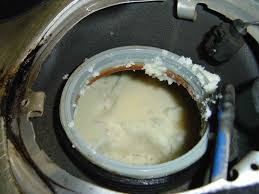
What Is The Cold Filter Plugging Point And Pour Point In Diesel?
To understand how fuel freezes and how it affects engine reliability, we have to understand the Cold Filter Plugging Point and the pour point.
The Cold Filter Plugging Point is when wax crystals block fuel filter
The pour point is where diesel no longer flows.
The gel point is when diesel becomes thick and unusable.
At the CFPP and pour point, the engine will stall, witness hard starts and at the gel point, the car wouldn’t start entirely. Adding additives to diesel helps lower these points and prevents damage.
| Property | Description | Typical Temp Range | Impact on Engine |
|---|---|---|---|
| Cloud Point | Wax crystals start forming, fuel looks cloudy | 0°C to -6°C | Minor flow restriction |
| Cold Filter Plugging Point (CFPP) | Wax blocks fuel filters | -8°C to -12°C | Filter clogs, rough starts |
| Pour Point | Fuel stops flowing entirely | -15°C to -25°C | Engine won’t start/run |
| Gel Point | Fuel thickens like gel, fully unusable | Varies by blend/type | Complete engine failure |
Avoid breakdowns and the hassle that comes with gelling fuel by getting the necessary anti-gel additives for your fuel. At Elan Fuels, we can accompany you in making the right choices for optimal outcomes.
What Happens To Diesel When It Freezes?
When diesel freezes, ice isn’t formed. What happens is, paraffin wax forms crystals, the crystals thicken, making the diesel more viscous. When the temperatures drop further, the crystals become large and numerous, blocking fuel filters, restricting fuel flow and making it difficult for the engine to function efficiently.
When the diesel freezing temperature is reached, injector and fuel lines are clogged. This restricts or totally stops fuel delivery leading to the engine either failing to start entirely or stalling in motion.
Diesel freezing doesn’t happen abruptly, there are warning signs such as loss of power, slow acceleration and engine stalling.
To prevent the consequences of gelling which can range from clog filters and injectors to total shutdown of the engine, using additives to reduce freezing temperature of diesel and switching to the winter blends in cold weather is advised.
If you’re caught up with frozen diesel in your engine, the repairs will be very costly and stressful. It’s always better to avoid such a situation.
How Can You Tell If Diesel Is Frozen?
When diesel is frozen, the fuel is sludgy, has a waxy consistency and looks cloudy due to crystal wax formed. The mechanical signs include engine failing to start, rough idles and a clear drop in fuel pressure.
These are clear indications that diesel is freezing and clogging injectors and filters.
Need Emergency Help With Frozen Diesel?
If your engine won’t start and your filters are clogged, we can help. Our mobile technicians can assess, un-gel, and recover your fuel fast.
How Can You Prevent Diesel From Freezing?
To prevent diesel from freezing, you have to be proactive and stop wax forming due to drops in temperature. These are some tips on how to do this;
- Switch to winterized diesel blends or #1 diesel as they have lower freezing temperatures.
- Use anti-gel additives in your diesel to lower the freezing point and keep fuel flowing normally.
- Keep fuel tanks full to minimize condensation and water contamination as they accelerate gelling.
- Store diesel in insulated tanks to reduce exposure to extremely low temperatures.
- Use fuel heaters to keep fuel from getting to its cloud point.
- As part of winter preparations for your fleets, include additives in your fuel and fuel stabilizers to counter cold weather events.
- Get winterization kits specific to your vehicle with fuel warmers, block heaters and heated filters.
- Check for gelling risks regularly and test your engine in case of any suspicions.
With these steps, you’ll avoid costly repairs and the hassle from the consequences of frozen diesel fuel. Your winter operations will carry on without interruption.
Do You Need To Add Anti-Gel To Diesel Fuel?
When temperatures drop to 19F or below, anti-gel additives are necessary especially if you’re using #2 diesel and operating in cold weather.
The additives prevent paraffin wax from becoming crystals and so they’re best used before temperatures drop significantly.
These additives, even though helpful, also have some risk. If you put too much in your fuel, it can dilute the fuel, reducing performance and causing filter issues. If you don’t put enough, you risk being caught off guard by freezing diesel. It is best to follow the manufacturer’s guidelines for dosage of additives.
Anti-gel additives are lifesavers in very cold weather and also prevent summer diesel from freezing and causing major damages to the engine and fuel lines.
How Do You Unfreeze Diesel Fuel?
The following steps can be followed to unfreeze diesel;
- Move vehicle to a warmer environment.
- Gradually raise the temperature by using a block heater or fuel tank heater.
- Apply a diesel de-gel additive to re-liquefy wax crystals.
- While keeping a safe distance to avoid fire, aim a heat lamp at the fuel filters.
- Replace damaged fuel filters.
If after taking one or several steps, your engine is unresponsive or if your injectors are affected, call a professional to avoid further damage. Don’t use open flames or high directly on a fuel tank.
Make sure to respond timely to diesel freeze issues in order to avoid long term issues.
How To Start A Frozen Diesel Engine
To start an engine that was frozen, do the following;
- Use a block heater or heat lamp to warm the engine block and take the vehicle to a warmer place. Don’t use open flames.
- Drain fuel filters.
- Add de-gel additives to the tanks to re-liquefy wax crystals.
- Preserve battery life by using short bursts to crank the engine.
Call a professional in case your engine doesn’t start, even after several tries.
What To Do If Your Diesel Fuel Gels
There are some things to do immediately your notice that your fuel has gelled;
- Completely turn off your engine immediately you realize fuel gelling to avoid damage.
- Warm the fuel tank or move vehicle to a warmer environment.
- Restore fuel flow by replacing or cleaning clogged fuel filters.
- Add de-gel additives to the tank to dissolve wax crystals.
- Wait for some time to let de-gel additives work.
- Don’t over crank your vehicle so as not to drain the battery and damage injectors.
While these steps are good, it’s better to prevent gelling entirely. And you can do so by switching to winter diesel blends or adding anti-gel additives to summer diesel before temperatures drop really low and making sure your vehicle is stored in warm places.
Can Frozen Diesel Still Be Used?
If properly de-gelling procedures are followed, frozen diesel can often be re-used. This also depends on whether the fuel is just gelled or if it was chemically degraded in the process. If it was only gelled then adding de-gelling additives and gently heating it using block heaters or lamps can re-liquefy the wax returning it to its free flowing state where it is safe to use again.
However, if you fail to completely de-gel your fuel and proceed to use it, your fuel filters can still get clogged by crystal wax, your injectors can be damaged and you’ll notice reduced engine performance. So it is important to completely de-gel frozen diesel before reuse.

